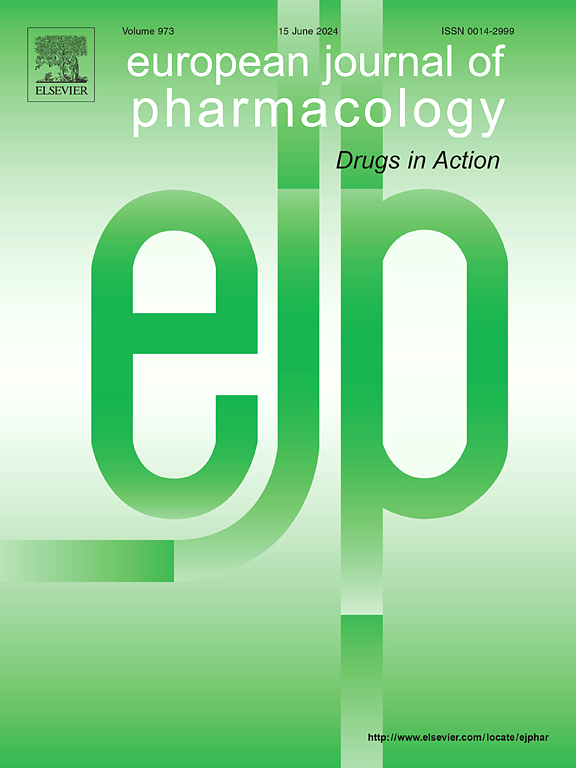IF 4.2
3区 医学
Q1 PHARMACOLOGY & PHARMACY
引用次数: 0
摘要
转化模型的多变性深刻影响着胃肠道(GI)癌症治疗临床前研究的结果和预测价值。临床前模型包括二维细胞培养物、三维器官组织、患者来源异种移植(PDXs)和动物模型,在复制人类癌症复杂的肿瘤微环境(TME)方面具有明显的优势和局限性。每种模型独特的生物学和结构差异都会导致治疗反应的差异,这对将实验结果直接转化为临床治疗提出了挑战。虽然二维细胞培养物具有成本效益,适合高通量筛选,但它们缺乏体内 TME 的三维结构和细胞相互作用。器官组织提供了更全面的三维结构,能更好地反映肿瘤的异质性,但它们在完全模拟体内条件(如血管化和免疫细胞相互作用)方面仍面临限制。PDX虽然因其基因保真度和TME保存而更能代表人类癌症,但其成本高昂且资源密集,随着时间的推移,人类基质和免疫成分会逐渐被鼠类相应成分取代。本综述评估了每种模型的优势和局限性,重点介绍了结合复杂TME特征的转化平台的最新进展。了解模型选择对疗效预测的影响对于提高临床前研究结果的可靠性和推进消化道癌症的个性化治疗策略至关重要。本文章由计算机程序翻译,如有差异,请以英文原文为准。
Differences in treatment outcome between translational platforms in developing therapies for gastrointestinal cancers
The variability in translational models profoundly impacts the outcomes and predictive value of preclinical studies for gastrointestinal (GI) cancer treatments. Preclinical models, including 2D cell cultures, 3D organoids, patient-derived xenografts (PDXs), and animal models, provide distinct advantages and limitations in replicating the complex tumor microenvironment (TME) of human cancers. Each model's unique biological and structural differences contribute to discrepancies in treatment responses, challenging the direct translation of experimental results to clinical settings. While 2D cell cultures are cost-effective and suitable for high-throughput screening, they lack the 3D architecture and cellular interactions of the in vivo TME. Organoids offer a more comprehensive 3D structure that better mirrors tumor heterogeneity, yet they still face limitations in fully mimicking in vivo conditions, such as vascularization and immune cell interactions. PDXs, although more representative of human cancers due to their genetic fidelity and TME preservation, are costly and resource-intensive, with human stromal and immune components gradually replaced by murine counterparts over time. This review assesses the strengths and limitations of each model, highlighting recent advancements in translational platforms that incorporate complex TME features. Understanding the influence of model selection on treatment efficacy predictions is essential for enhancing the reliability of preclinical findings and advancing personalized therapeutic strategies for GI cancers.
求助全文
通过发布文献求助,成功后即可免费获取论文全文。
去求助
来源期刊
CiteScore
9.00
自引率
0.00%
发文量
572
审稿时长
34 days
期刊介绍:
The European Journal of Pharmacology publishes research papers covering all aspects of experimental pharmacology with focus on the mechanism of action of structurally identified compounds affecting biological systems.
The scope includes:
Behavioural pharmacology
Neuropharmacology and analgesia
Cardiovascular pharmacology
Pulmonary, gastrointestinal and urogenital pharmacology
Endocrine pharmacology
Immunopharmacology and inflammation
Molecular and cellular pharmacology
Regenerative pharmacology
Biologicals and biotherapeutics
Translational pharmacology
Nutriceutical pharmacology.

 求助内容:
求助内容: 应助结果提醒方式:
应助结果提醒方式:


